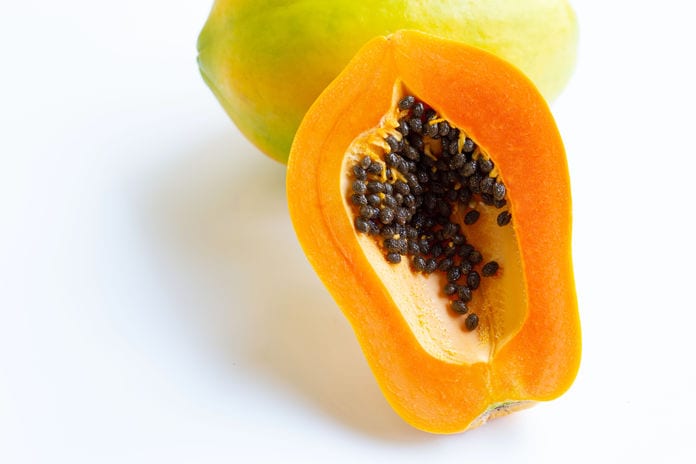Contaminated Papaya Shed Light on Significant Safety Gap
A recent outbreak of illness caused by salmonella contaminated papayas are adding to the conversation had by many in the food safety industry. In the efforts made to keep consumers informed about food-related health risks, there are wide gaps that need addressing. The term ‘blanket statement’ is used to describe how many recalls are currently handled and it is not used in a warm, fuzzy way. The term is meant to describe the inability to pinpoint an outbreak to one manufacturer, producer or farmer, and the practice of then issuing a blanket warning to consumers covering all sources of a particular product suspected to be problematic.
Because we do not have good tracking of produce coming in to this country, and how it is dispersed once it arrives, we have a difficult time tracking down the origin when there is an issue. Lawmakers have passed legislation addressing food safety- in fact they have allocated millions in funding to this issue. And yet, as the way we do business, the speed at which we do business and the growth rate of business changes rapidly, we simply cannot keep up. Just as consumers need to keep up technologically, like when we upgrade our iPhones and other devices, so do regulatory agencies. Otherwise, the inefficient practices of today, as we have witnessed with this latest papaya/salmonella outbreak, will keep consumers in the dark, and at risk of illness or even death.

Last month, late June 2019, consumers were warned to not eat any papaya they had in their possession. Restaurants and markets were urged to remove this fruit from their shelves and de-contaminate any surfaces where the papaya was stored. The only information given at this time was ‘papayas from Mexico.’ As Mexico is the leading exporter of papayas, and this urgent message which only defined Mexico as the source, did nothing to help consumers identify if the produce they possessed or consumed even, was at risk, it simply blanketed all papayas, likely weakening the message in the process. Later, in early July, the Center for Disease Control and Prevention (CDC) was finally able to pinpoint the culprit as the brand Cavi, yes, from Mexico, but an actual, identified source.
As the CDC and Food & Drug Administration (FDA) struggled to put together the pieces, worked with producers and distributers to map the origin of the contaminated papayas, more than 70 people in 8 states became ill from salmonella contamination. If we had a better tracking system in place, streamlined the routing of imports into a shareable technology that allowed for better communication across the industry, we could more easily pinpoint products that are harmful and more quickly alert the public. Access to accurate, useful information that helps restaurants prepare food safe for consumption, stores to stock only non-contaminated foods and us, consumers, stay healthy is a blanket benefit that feels warm and fuzzy to me.
https://edis.ifas.ufl.edu/fe913
https://www.cdc.gov/salmonella/uganda-06-19/index.html
https://www.rollcall.com/news/congress/papaya-outbreak-highlights-fdas-food-safety-challenge
https://dailyhornet.com/2019/papayas-from-mexico-linked-to-salmonella-outbreak/

